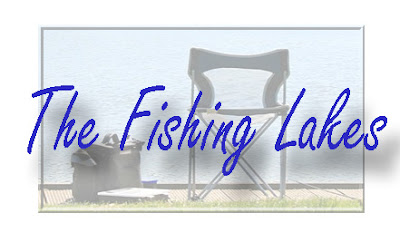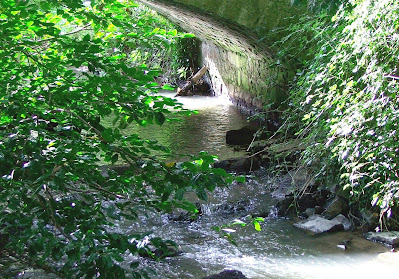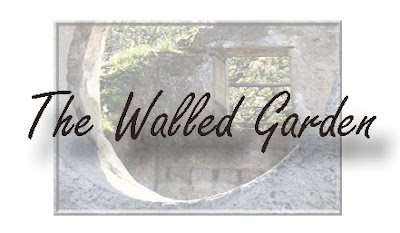 |
| Swan Lake |
The lakes and wetlands that are such a striking feature of the parks landscape were created in 2000/1 as part of flood prevention measures on the River Camac. At the western end of the park are the two fishing lakes and at the eastern end a further two lakes and a large wetlands area.
Swan Lake: A medieval graveyard!!
It was originally intended that the field where the south eastern lake (known as Swan Lake) is located would have two lakes. During construction an early medieval (circa 600 a.d to 1000 a.d) burial was discovered. Archaeological excavations commenced and 20 burials within a medieval enclosure were uncovered. The burials were concentrated at the eastern end of the field and appeared to be Christian. Perhaps the site may have had a connection to the monastic settlement founded in the 6th century by St Cronan at Clondalkin. Jewellery with a Scandinavian influence was also found leading to the suggestion of a Viking connection. Indeed the Viking King of Dublin, Awley (Olaf) built a fort near Corkagh in the 800s. There was also evidence to suggest that the site here was not simply a burial ground. Among the items uncovered was a corn drying kiln which was discovered on the side of the field near the river along with various tools indicating farming activity from the earliest of times.
 |
| The curvilinear shape of the medieval enclosure can still be discerned in the shape of this hedgerow opposite swan lake. |
The medieval burials were removed and the decision was taken to cease excavations leaving the remaining burials in place. The area was then covered with a protective layer of geotextile and backfilled.
In old maps this particular corner of the park is known as the Glebe. A Glebe was an area of land owned by the local clergy and Corkagh formed part of the Church lands of Clondalkin until the late sixteenth century.
 |
| Swan Lake: the area painted blue is where the burials were uncovered |
 |
| Outer side of the medieval enclosure with a water-filled ditch. This ditch was used to channel the Sruleen stream from where it rises near the dog run down to the Camac. |
Swans in flight at the lake
Pochard
This small duck is becoming increasingly rare but sometimes visits Swan lake
Little Grebe. These tiny water birds are resident at both
the upper and lower lakes. The adult with its red cheeks is on the right
and a young Grebe on the left.
The Blue Bridge
 |
Short video of the Blue Bridge Lake, music courtesy of Bensounds |
The most striking feature of Corkaghs' northernmost lake is the Blue Bridge which was constructed in the early 2000s. This lake is fringed by Bulrushes and is home to a variety of birds and ducks.
 |
| Pair of Teal Ducks |
Teal Ducks can be seen near the bridge during winter. They are a migratory species who arrive in Ireland in late Autumn before returning to Northern Europe in April. They are small shy creatures who prefer the cover of the reed banks or safety at the centre of the lake however viewed close up the striking colours of the male are revealed.
 |
| Male Teal with his distinctive colours |
Also to be found near the Blue Bridge are little sparrow like birds called Reed Buntings and in the evening you might be lucky enough to see a Snipe among the rushes.
 |
| Male Reed Bunting |
 |
| Female Reed Bunting |
A couple of years ago a Mink was spotted in the rushes next to the bridge, these animals are descended from farm escapes and are capable of decimating local wildlife so hopefully it moved on!
 |
| Bulrushes in winter. The long seed heads are more obvious now the leaves have died off. |
Residents of lake and marsh
The lakes and wetlands of Corkagh are home to a good variety of birds some being shyer than others! Normally Corkagh supports two pairs of adult swans and most years we have cygnets from both. The bulrushes around the Blue Bridge are a favourite area for the swan to build her nest.
 |
| 2021 saw 8 cygnets hatched in a nest opposite the Blue bridge and raised on Swan lake |
 |
| Cygnet stretching its wings |
 |
| Mum gently nudges the eggs |
Moorhens, Coots, Mallards and Tufted Ducks can be seen at all of Corkaghs lakes.
 |
| Moorhen on 'ice' |
 |
| As one of Irelands most common water birds the Moorhen is often overlooked. |
 |
| Coot |
 |
| Tufted Ducks. So called because of the 'pigtail' sported by the males. |
Little Egrets (also called White Egrets) are recent arrivals to these shores. They were first recorded breeding in Cork in the late 1990s and have since spread over much of the east of the country. They are a secretive bird and prefer to steer clear of us humans. They are usually found in the millponds near the village but occasionally can be seen at Swan Lake.
 |
| Little Egrets tend to keep out of the open. |
 |
| Little Egret. |
 |
| The Herons at Corkagh have increased in number in recent years and they have become much less wary of humans. |
 |
| Newly hatched Cygnets near the Blue Bridge |
 |
| Little Grebe are more commonly seen at the Fishing lakes and Swan Lake |
 |
| Teal Duck |







































